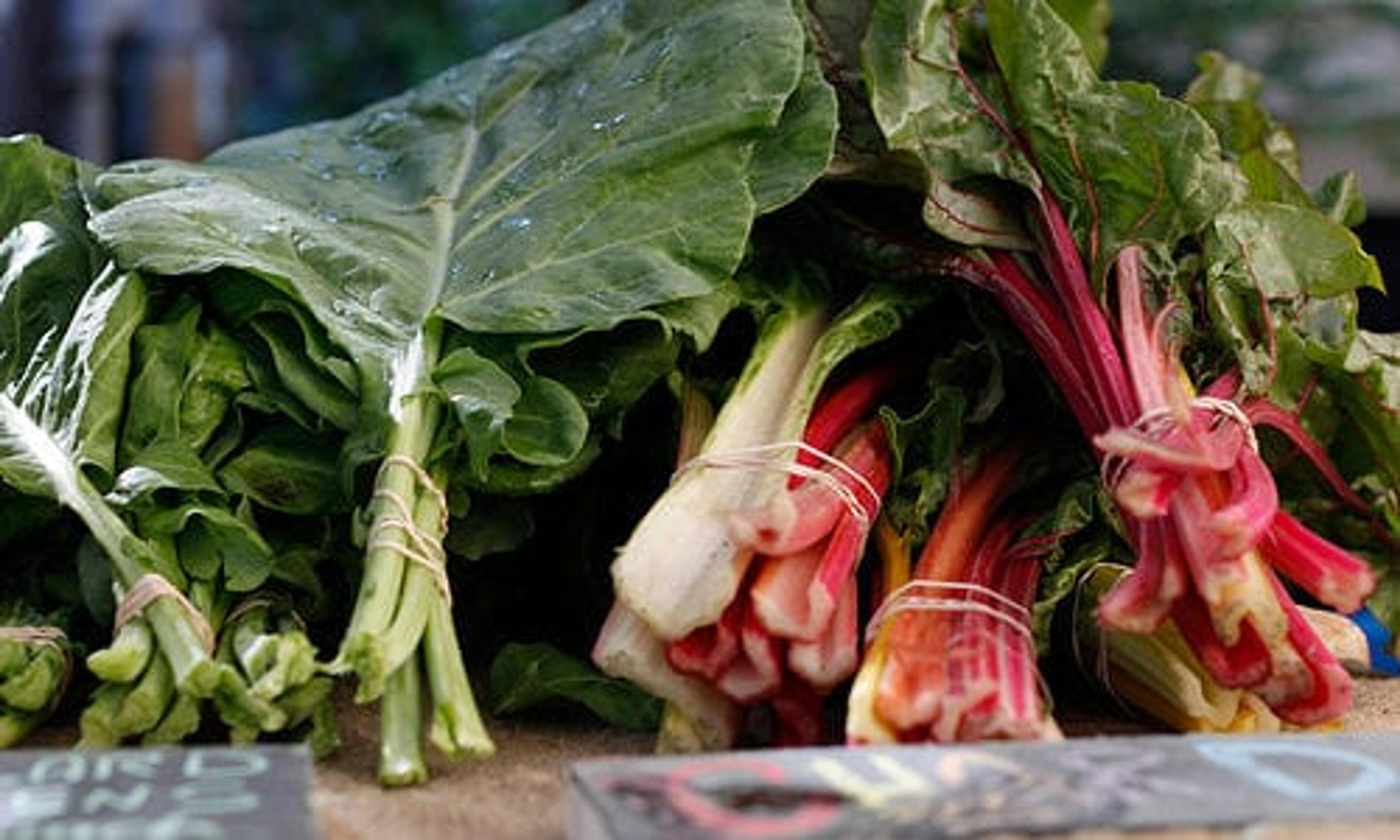Kale burnout? Try these tasty, nutrient packed alternatives

Mike Miller
| 3 min read

Kale, kale, kale, kale, kale. The beat of the kale contingent’s drum has been ringing loud and clear for quite a few years now and it only looks to be growing.
Kale is great. It’s nutritional value and health benefits are many and have been well documented. We certainly love our kale here at AHealthierMichigan. Alas, not everybody loves kale and some of us may be suffering from a bit of kale burnout.
With that in mind, we set out to find several other dark, leafy greens that are both tasty and nutritious to expand our palates and substitute for the mighty kale. The great thing is that many of these greens are interchangeable in recipes, so substituting can be done simply and to desired tastes.
- Collard greens: Hailed by many as “the new kale,” this Southern staple has been making some new noise on its culinary comeback. Collard greens have found their way onto many restaurant menus with modern, lighter preparations like braising. Collards provide more fiber and protein per serving than kale. It also bests kale in calcium (a whopping 18% more) and iron content, and stacks up favorably when comparing vitamins A & C.
- Mustard greens: Another soul-food staple, mustard greens have been used globally for centuries, having been found in African, Italian, Indian, Chinese, Japanese, and Korean cuisines. They’re known for their sharp mustard/horseradish-like flavor. These greens outperform kale in terms of protein and calcium. Mustard greens also offer a much lower calorie count per serving than kale. While kale is the king when it comes to vitamin C, mustard greens still provide almost twice the recommended daily amount in a single serving.
- Swiss chard: One of many varieties of chard, Swiss chard more than holds its own when compared to kale. Both offer a similar calorie count per serving, but Swiss chard yields more fiber, protein, calcium and more than three times the iron of kale in a single serving. Other chard varieties include red, gold and rainbow chard, which is a mix of Swiss, red, and gold chard sold in bunches. Rainbow chard ups the ante in terms of nutrition and flavor by combining the attributes of each variety.
- Spinach: Perhaps the original super-green, many of us spent our childhood avoiding spinach. It certainly doesn’t have the glamorous appeal that the other entries here do, but spinach is no slouch. Similar to mustard greens, spinach comes in at under half the calories of kale in a single serving. Spinach also contains more potassium, iron and magnesium in a single serving while offering very similar levels of vitamin C.
- Broccoli rabe: Another robust, bitter green, broccoli rabe (also commonly known as rapini) has long been popular in Italian cuisine. The name is a bit of a misnomer as it is much more closely related to turnips than broccoli. Broccoli rabe is lower in calories and high in fiber and iron than kale while still being an excellent source for many other minerals and vitamins alike.
- Baby kale: This one is a little bit of a cheat, but for those who find kale too bitter, baby kale can be a great alternative, especially in salads.The tender leaves have an arugula-like consistency with a milder flavor than does fully matured kale. The more delicate leaves also makes baby kale a more versatile performer in the kitchen. Soups, salads, sautés, frittatas, smoothies and slaws: baby kale works great in any application.
Nutrition data via nutritiondata.self.com
Photo credit: timsackton





